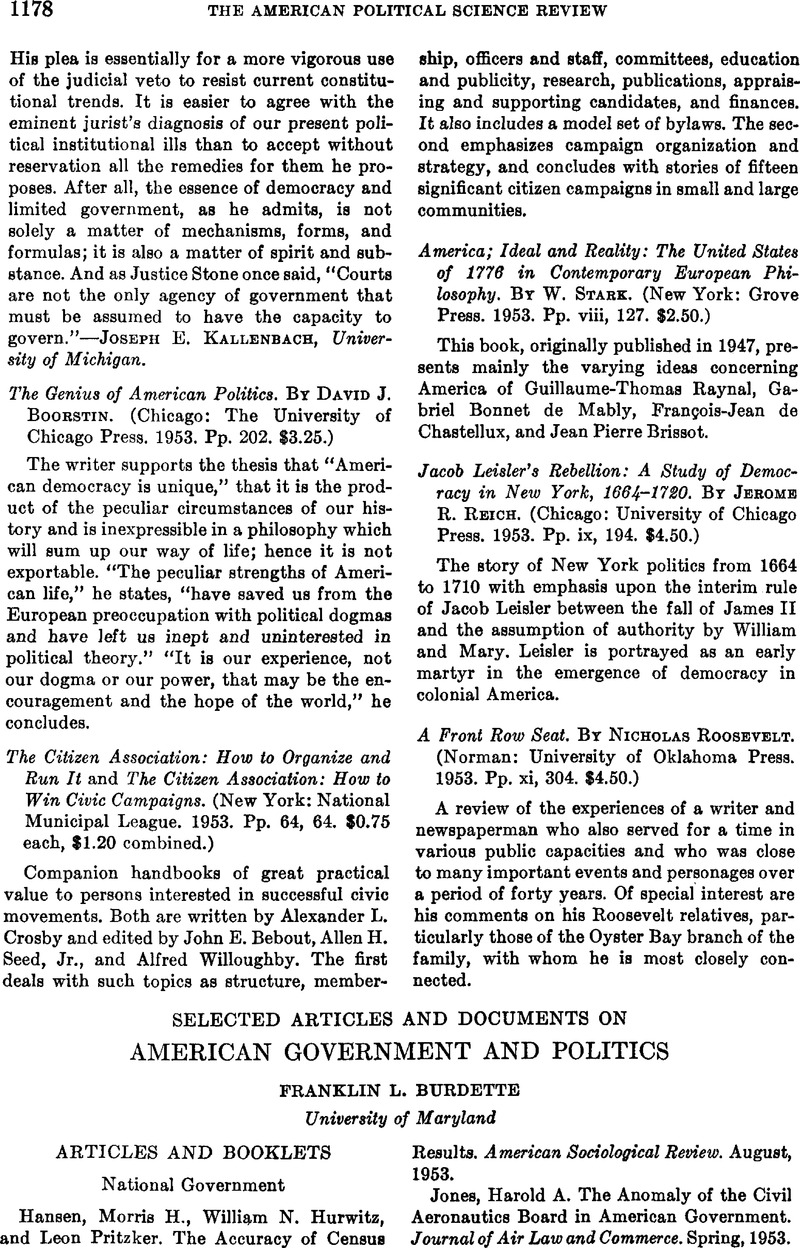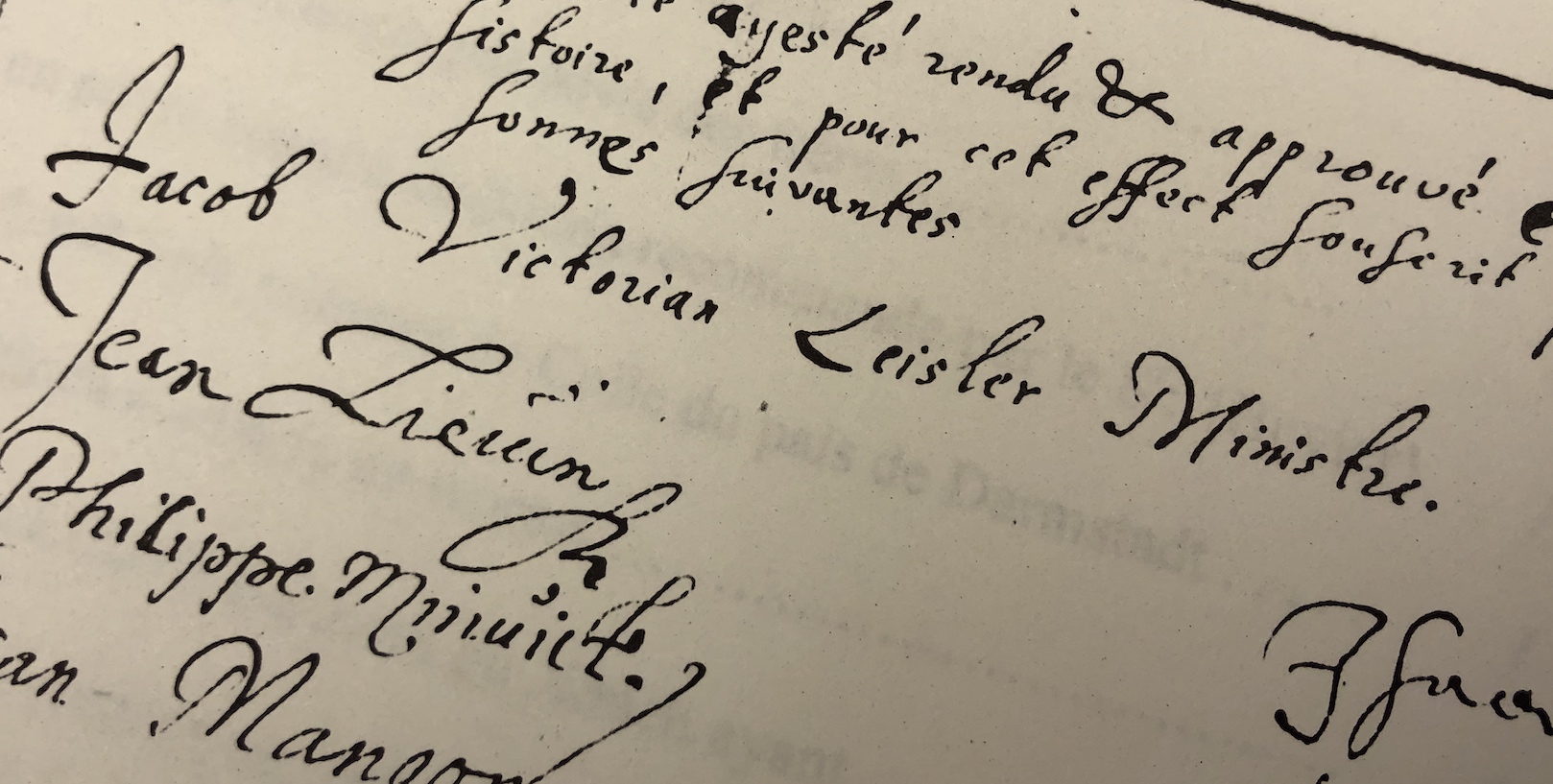
Have you ever found yourself pondering the remarkable journey of an ordinary merchant who managed to ascend to a position of power and influence in colonial America? If so, you are in for a fascinating exploration of the life and times of Jacob Leisler. This intriguing figure emerged during a particularly tumultuous period in history, seizing control of New York and leaving an indelible mark on the political landscape of the time. Leisler’s rise to prominence is a captivating tale of ambition, conflict, and the struggle for authority amidst the backdrop of colonial unrest. Join us as we delve deeper into the extraordinary story of Jacob Leisler, examining the events that propelled him from the ranks of a simple merchant to a key player in the governance of one of the most important colonies in America.
Early Life: From Germany to New Netherland

Birth and Background
Jacob Leisler was born in the year 1640 in the bustling city of Frankfurt am Main, Germany. At the young age of 20, he made the bold decision to emigrate to New Netherland, a choice that would significantly alter the course of his life. Leaving behind the familiar comforts of his homeland, he ventured into the unknown, seeking new opportunities and a fresh start in a foreign land. This courageous leap into the unknown not only shaped his identity but also laid the groundwork for his future ambitions and endeavors in the New World.
Becoming a Merchant
Upon arriving in New Netherland, Jacob Leisler wasted no time in establishing himself as one of the colony’s most prosperous merchants. His rise to wealth was not merely a stroke of luck; it was the result of relentless hard work, astute business acumen, and a keen understanding of the colonial marketplace. Leisler adeptly navigated the complexities and challenges of colonial life, seizing opportunities that others might have overlooked. His ability to forge connections and build a network of trade relationships played a crucial role in his success, allowing him to thrive in an environment that was often fraught with uncertainty and competition.
The Shift of Power: From Dutch to English Control

The Transition
In the year 1664, a significant shift occurred when the English forces successfully seized control of the territory known as New Netherland, subsequently renaming it New York. This abrupt change in governance was met with considerable dissatisfaction among many colonists, including a prominent figure named Leisler. The imposition of a new administrative structure by King James II, which was referred to as the Dominion of New England, was particularly unwelcome. The colonists found themselves grappling with unfamiliar laws and regulations, leading to a growing sense of unrest and frustration within the community.
Leisler’s Growing Discontent
As time went on, Leisler’s discontent only intensified. He observed firsthand the hardships and struggles faced by his fellow colonists under the new English rule, which seemed to disregard their needs and concerns. This growing awareness of the injustices experienced by his peers transformed Leisler into a passionate and vocal critic of the newly established government. His dissatisfaction not only highlighted the challenges of the colonists but also ignited a fervent desire within him to advocate for change and seek a more equitable system of governance that would better serve the interests of the people.
Leisler’s Rebellion: Seizing Control

### The Overthrow of Nicholson
In the year **1689**, a significant shift in power dynamics unfolded when King James II was ousted from the throne. This political upheaval presented an opportunity for Jacob Leisler, who seized the moment to lead a revolt against the crown’s representative in New York, Lieutenant Governor **Francis Nicholson**. The atmosphere must have been electric as Leisler’s forces advanced on the fort, driven by a mix of determination and fervor. The stakes were high, and the tension palpable as they prepared to confront the established authority.
### Establishing a Revolutionary Government
With Nicholson fleeing to England to escape the chaos, Leisler quickly positioned himself as the new leader. He took the audacious step of appointing himself the head of a revolutionary government and subsequently declared himself **lieutenant governor**. This bold maneuver was not without its difficulties, as he faced opposition from various factions who were skeptical of his authority and vision.
#### Support from the People
Despite the challenges, Leisler managed to rally support from small farmers and urban laborers who were hungry for change and eager to see their interests represented. Together, they formed a government that aimed to give a voice to the common people, creating a dynamic reminiscent of the classic David versus Goliath struggle. This grassroots movement sought to challenge the established order and redefine governance in a way that resonated with the aspirations of the populace.
Key Events During Leisler’s Rule

The First Intercolonial Congress
In a groundbreaking move, Leisler summoned the first intercolonial congress in North America, which convened in New York on May 1, 1690. This congress aimed to strategize against the French and Indigenous peoples. Talk about a visionary leader!
Proclaiming Loyalty to the Crown
Despite his revolutionary actions, Leisler proclaimed loyalty to the new king, William III. However, he refused to recognize the authority of Major Richard Ingoldsby, who arrived with English soldiers in January 1691. This refusal would have dire consequences.
The Downfall of Jacob Leisler

Conflict and Surrender
In March 1691, fighting broke out between Leisler’s forces and Ingoldsby’s troops. The tension escalated until Leisler was forced to surrender. Can you imagine the weight of that moment? From a revolutionary leader to a prisoner in a matter of months!
Charges of Treason
After his surrender, Leisler was charged with treason. Alongside his son-in-law, Jacob Milborne, he was convicted and ultimately hanged. It was a tragic end for a man who sought to bring change.
Posthumous Redemption
In 1695, Parliament reversed the attainder against Leisler and restored his confiscated estates to his family. This act of redemption highlights the complexities of colonial governance and the shifting tides of power.
Legacy of Jacob Leisler

A Symbol of Resistance
Leisler’s story is a powerful reminder of the struggle for representation and justice in colonial America. His rebellion, though ultimately unsuccessful, paved the way for future movements advocating for the rights of the common people.
Historical Significance
Today, historians view Leisler as a pivotal figure in the early history of New York. His actions sparked discussions about governance, loyalty, and the rights of citizens—issues that resonate even today.

So, what can we learn from Jacob Leisler’s life? His journey from a merchant to a revolutionary leader teaches us about the power of conviction and the importance of standing up for what you believe in. In a world where change is constant, Leisler’s legacy reminds us that every voice matters.
Table: Key Events in Jacob Leisler’s Life

| Year | Event |
|---|---|
| 1640 | Born in Frankfurt am Main, Germany |
| 1664 | English seize control of New Netherland |
| 1689 | Leisler leads a revolt against Francis Nicholson |
| 1690 | First intercolonial congress convenes in New York |
| 1691 | Leisler surrenders and is charged with treason |
| 1695 | Parliament reverses attainder and restores estates |

